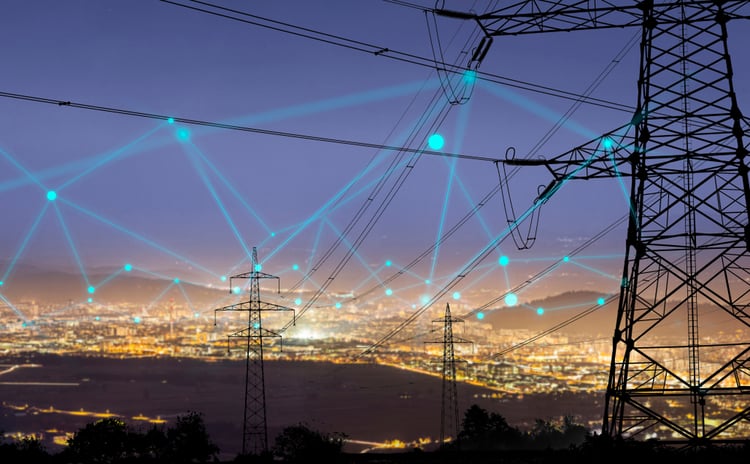Saving on Power Bills with Energy Arbitrage and Peak Shaving

Energy storage systems were awarded a major incentive in the Inflation Reduction Act: a dedicated 30% federal tax credit, which remains available through 2034. Energy storage could previously qualify for the solar tax credit, but there were restrictions that limited the eligible applications:
- Only energy storage systems coupled with onsite solar power systems would qualify.
- Commercial energy storage systems had to receive at least 75% of their charge from solar panels to qualify.
- Residential energy systems were required to use solar charging exclusively (no grid charging).
The new requirements are much less demanding. The federal tax credit is now available for residential energy storage with at least 3 kWh of capacity, and commercial energy storage with at least 5 kWh of capacity.
Make your building less dependent on the grid with an energy storage system.
Now that the solar charging requirement has been removed for the energy storage tax credit, the number of eligible projects increases drastically. This includes battery systems used for energy arbitrage and peak shaving - two promising applications.
Energy Arbitrage: Store Cheap Electricity to Avoid Expensive Electricity

Solar panels and wind turbines are now among the cheapest electricity sources, but they have a common weakness. Both devices are incapable of storing energy by themselves, and you must use their electricity output when available. Unfortunately, solar panels and wind turbines cannot provide power “on demand” when the grid is dealing with high consumption - and this is precisely when kilowatt-hour prices tend to spike.
Many electricity providers apply time-of-use tariffs (TOU) to transfer variable energy costs to their customers. The lowest kWh prices are charged during off-peak hours, while the highest kWh prices are charged when the grid is under peak demand. A battery system can take advantage of this price difference, storing energy when prices are low and providing energy when prices are high. This concept is called energy arbitrage.
Assume your electricity provider charges 15 cents/kWh during off-peak hours and 35 cents/kWh during peak hours. In this case, there is a 20-cent difference between electricity prices in both schedules. A battery system can take advantage of this price difference with the following operation sequence:
- Consider a storage capacity of 100 kWh and a round-trip efficiency of 95%
- The battery stores 100 kWh at 15 cents/kWh during off-peak hours, at a total cost of $15
- During peak demand hours, the battery provides 95 kWh and the building avoids $33.25 in peak tariffs.
In this simplified example, the 100-kWh battery can save $18.25 per day with energy arbitrage. Repeating this procedure for an entire year, the battery could save $6,661.25. Even greater savings are possible if you combine the battery with an onsite solar power system, since you recharge without depending on the grid. In this case, you can save the full value of 95 kWh during peak hours ($33.25/day).
Peak Shaving: Reduce the Peak Kilowatt Demand Measured by Your Power Company

The concept of peak shaving is similar to energy arbitrage, but there is an important difference:
- Energy arbitrage has the goal of avoiding the highest kWh prices charged by your electricity provider.
- Peak shaving has the goal of reducing the individual peak consumption of your building, which will not necessarily match with demand peaks on the grid.
Peak shaving makes economic sense when you have an electricity tariff with demand charges. In this type of tariff, you not only pay for the total energy consumption in kWh, but also for the highest kilowatt demand measured during the billing period. Demand charges are normally used for industrial and large commercial consumers, and they are less common in small commercial and residential tariffs.
A battery system can be configured to provide electricity when your building’s demand is rising, reducing the total amount measured by your electricity provider. For example, if your tariff charges $10 per kilowatt of peak demand, and you can reduce the measured value from 300 kW to 200 kW, you save $1000/month in demand charges ($12,000 per year).
Depending on how your electricity tariff is structured, it may be possible to use both energy arbitrage and peak shaving. In general, energy arbitrage is possible when your electricity provider applies TOU tariffs, and peak shaving is possible when your bill has demand charges.

Michael Tobias
Michael Tobias, the Founding Principal of NY Engineers, currently leads a team of 150+ MEP/FP engineers and has led over 4,000 projects in the US
Join 15,000+ Fellow Architects and Contractors
Get expert engineering tips straight to your inbox. Subscribe to the NY Engineers Blog below.

